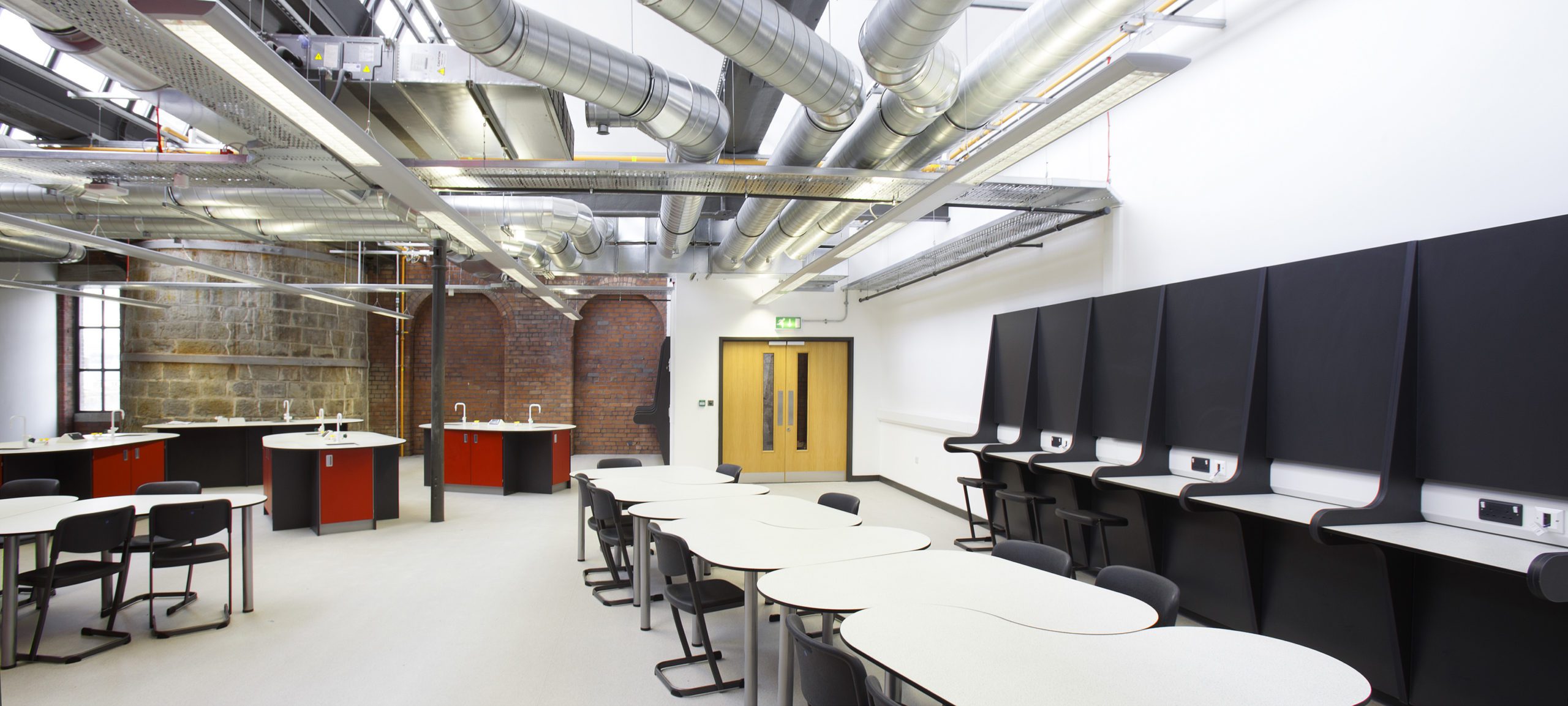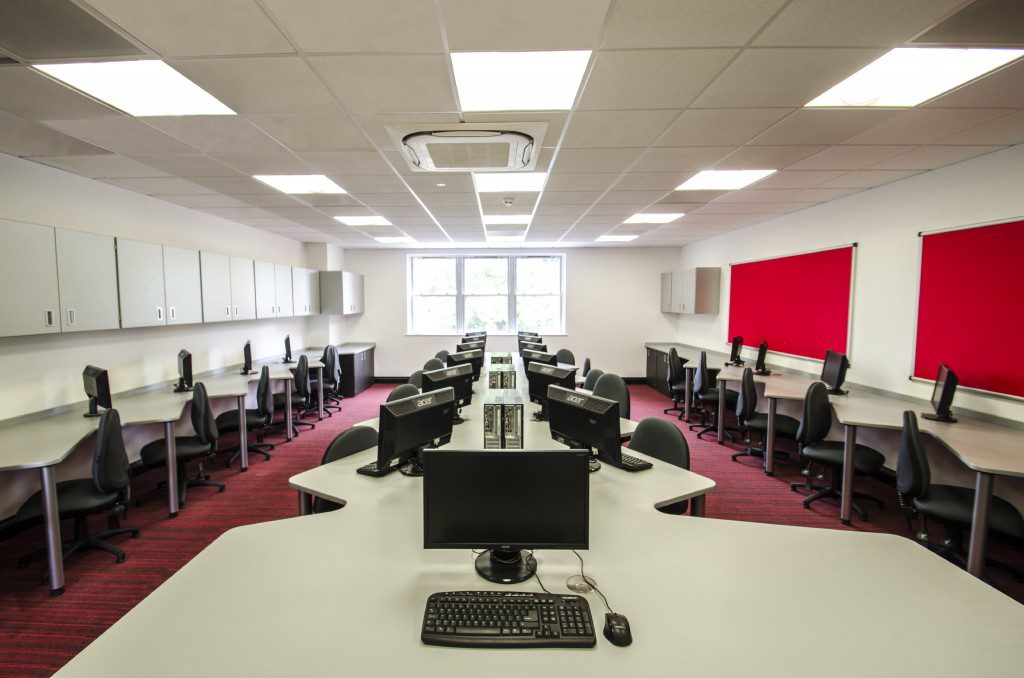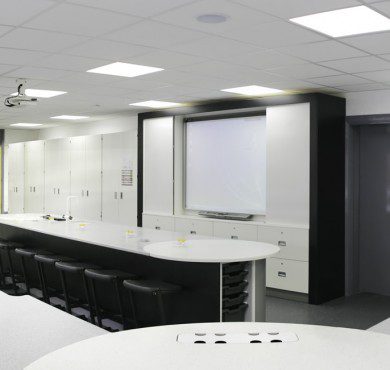Creating a Positive Classroom Environment
From high quality, purpose designed furniture to zoned areas which allow varied learning activities; a well designed classroom has a significant influence on effective learning. Further variables such as flexibility of space, organisation, storage facilities and use of colour were also revealed to affect a pupil’s learning progress.
The following list is a guide to some the factors which need to be considered when improving the classroom:
Inspirational Interiors
Exciting and dynamic interiors provide not just the students, but the teachers too, with the ideal working environment. With an average of 1,256 hours spent in the school building per year, it is vital that the environment is fit for the pressures of everyday learning. An effective classroom should encourage the student to get involved, whilst also being a safe and comfortable place to learn.
A quality learning space increases user confidence, creates an upward spiral of results and makes the occupants feel valued, which has numerous positive effects. Vandalism is decreased for example, as students feel proud of their environment. Investing in quality interiors is essential in terms of longevity; furniture will be replaced far less often if it is made from durable, hard-wearing materials.
Flexible Layouts
Nowadays a classroom has to adapt to the changing needs of students. From collaborative working to modular layouts – the space affects the way we learn. Countless studies have shown that children learn best from a wide-range of teaching methods, in a spacious and comfortable environment. The room plan should be designed to allow demonstrations, group work and practical experiments to be easily achieved. Zoned areas for example, can allow varied learning activities to be implemented at the same time for a more diverse and effective learning experience.
Short Lines of Communication
Classrooms must now adapt to suit the information age; a time when thinking is less rigid and communication is key. A sea of students all facing one teacher, may not be the most effective way to utilise the classroom. Intelligent, space-saving designs can improve the way teachers and students interact, boost motivation and increase self-esteem.
Ergonomics
The comfort of the students is another important aspect. Furniture should be designed to encourage good habits such as a healthy posture. Students who sit in uncomfortable desks and chairs are more likely to let their attention span wander. Therefore, ergonomically designed furniture is essential in encouraging student productivity and learning.
Use of Colour
The colour scheme can significantly affect mood, attention span and sense of time. Colour must be carefully considered in order to create harmony in the classroom. The misuse of colour can induce anxiety and make students irritable and disinterested, yet the right colour scheme can have the opposite effect: converting the school environment into one that is stimulating and exciting. Cool colours are often thought to enhance the ability to concentrate.
Lighting must also be considered, as the incorrect levels of glare can strain the eyes and cause irritation. Similarly the significance in features such as display areas is also recognised as a significant factor in effective learning environments, in an attempt to ignite interest and encourage maximum absorption of the subject.
Effective Storage Solutions
Space to store books and equipment is crucial in the classroom. Storage is essential for ease of access to lesson materials and ensuring equipment can be stored safely. Effective storage also reduces the number of distractions, causing minimum disruption to students. More and more schools are using teacher walls, designed to maximise storage and flexibility in classrooms. The teacher wall can store anything from interactive whiteboards, filing systems, displays to power & data cables.
*REFERENCE: Barrett.P, Zhang.Y, Moffat.J, Kobbacy.K (2013) “A holistic multi-level analysis indentifying the impact of classroom design on pupil’s learning”, Building and Environment, Elsevier
Contact
Are you looking to create a positive classroom environment? If you need help or advice on your next classroom project email or call us on 0161 477 5300 today.





